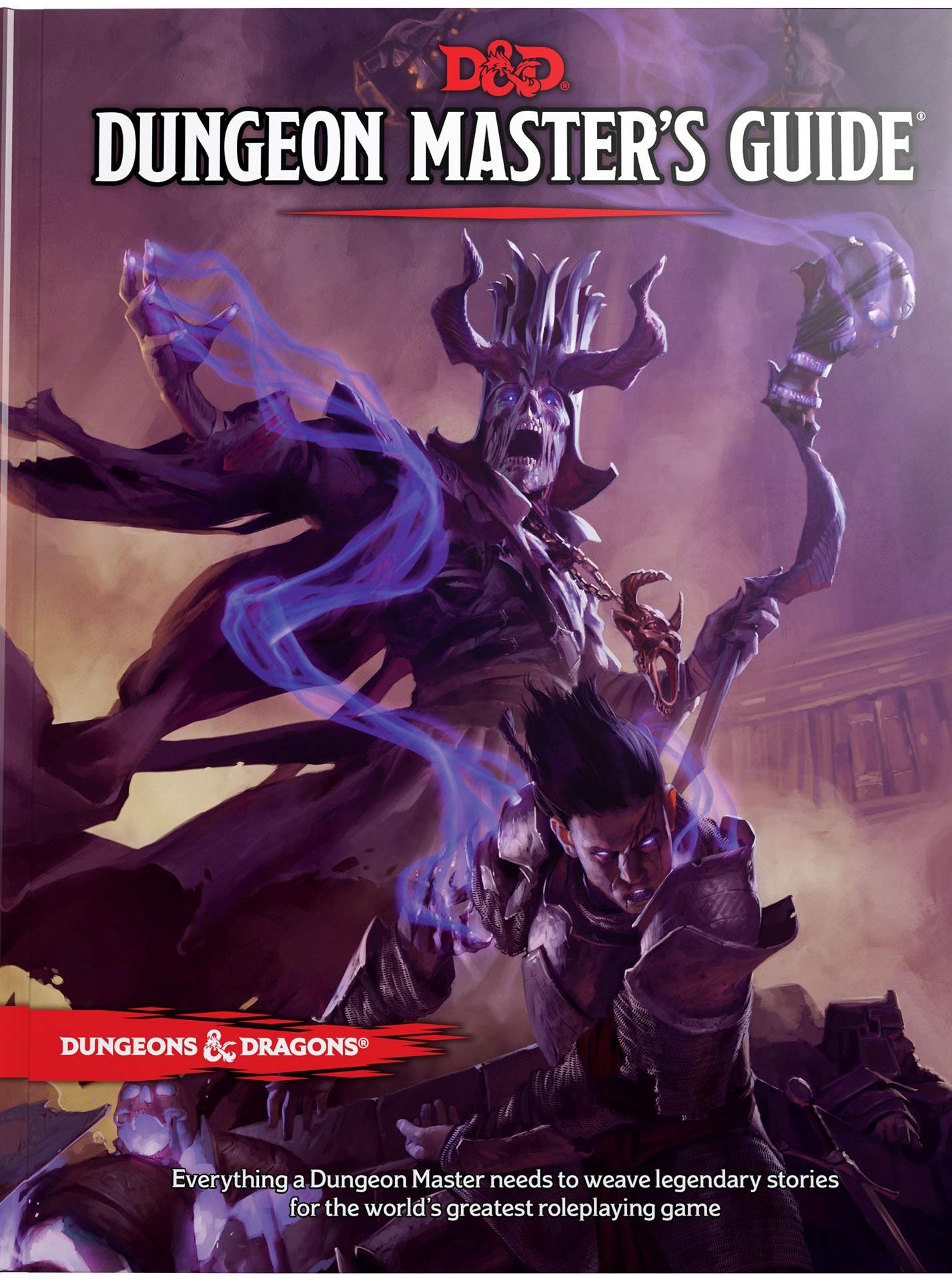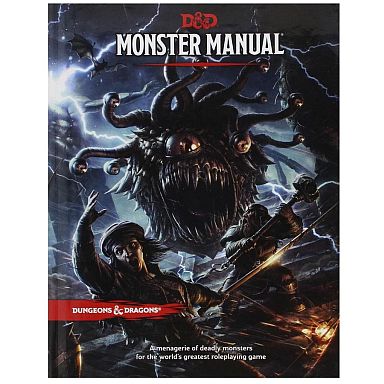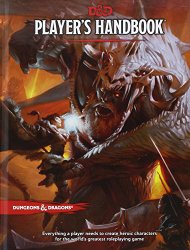
The Tension between Armour Class and Hit Points
Players looking at the original form of Dungeons & Dragons may be surprised to discover how little Plate Armour costs. You could get the best non-magical Armour Class as a starting character. I find this interesting. In the beginning, a level 1 character had 1d6 hit points. If a monster hit you, you would take 1d6 damage. When you reached 0 hit points, you died. … Continue reading The Tension between Armour Class and Hit Points




